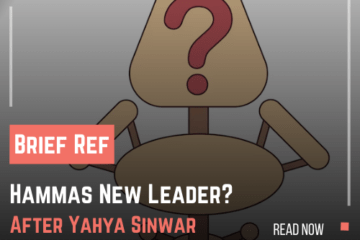
- Omar Abdullah Kashmir
- What is Omar Abdullah’s Current Political Stance?
- When Did This Political Shift Happen?
- Why is Omar Abdullah Leaning Towards PM Modi?
- Where Did These Political Events Unfold?
- Who is Involved in This Political Shift?
- What Are the Impacts of This Political Development?
- What’s Next for Omar Abdullah and Jammu & Kashmir?
- Conclusion
Omar Abdullah Kashmir
In the aftermath of the Jammu and Kashmir Assembly elections, an unexpected political development is shaping the future of the region. Omar Abdullah, the National Conference (NC) leader, is pivoting towards Prime Minister Narendra Modi and the central government. This shift in stance has raised eyebrows, especially considering the political dynamics of Jammu and Kashmir. What prompted this move, and what does it mean for the region? Let’s explore the details.
What is Omar Abdullah’s Current Political Stance?
Omar Abdullah has emerged as a significant player in the political landscape of Jammu and Kashmir. After leading his party, NC, to victory with 42 seats in the Assembly elections, he faces a complex political environment. His conciliatory tone towards the Modi-led central government signals a pragmatic approach, aiming to stabilize governance in the region. Despite past political differences, Abdullah’s priority seems to be ensuring a smooth government that can address the region’s challenges.
When Did This Political Shift Happen?
The shift became evident after the Jammu and Kashmir Assembly elections, where the NC emerged as the largest party but lacked an outright majority. With four independent members extending their support to Omar Abdullah, this created a window of opportunity for him to align with the central government. This cooperation could play a crucial role in maintaining political stability in the volatile region, making the timing of this alliance significant.
Why is Omar Abdullah Leaning Towards PM Modi?
The primary reason for Abdullah’s shift seems to be pragmatism. The political situation in Jammu and Kashmir is complicated, with different factions vying for influence. By fostering ties with the Modi-led government, Abdullah is positioning himself to ensure effective governance and avoid political deadlock. It also reflects a broader recognition of the power and influence of the central government in regional matters, especially under Modi’s leadership.
Where Did These Political Events Unfold?
These developments are centered in Jammu and Kashmir, a region that has historically been at the heart of political and territorial disputes in India. The recent Assembly elections have set the stage for these negotiations and alliances, with the future governance of the state hinging on these political maneuvers.
Who is Involved in This Political Shift?
Key players in this evolving scenario include:
- Omar Abdullah: Leader of the National Conference and former Chief Minister of Jammu and Kashmir.
- Prime Minister Narendra Modi: Leading the central government that Omar Abdullah is engaging with.
- Four Independent Members of the Legislative Assembly (MLAs): Their support bolsters Abdullah’s political standing and his ability to form a government.
The alignment between these figures suggests a strategic partnership aimed at regional stability.
What Are the Impacts of This Political Development?
Omar Abdullah’s pivot towards Modi has significant implications for both Jammu and Kashmir and India at large:
- Governance: A stable partnership with the central government can facilitate more effective governance, addressing economic and security issues in the region.
- Political Stability: By bridging the political divide, Abdullah is working towards reducing regional tensions and fostering a more cooperative political environment.
- Regional Development: A smoother relationship with the central government can bring more developmental initiatives to Jammu and Kashmir, particularly in areas of infrastructure and public services.
What’s Next for Omar Abdullah and Jammu & Kashmir?
Moving forward, the political landscape in Jammu and Kashmir is likely to evolve as Omar Abdullah continues to navigate his alliance with the Modi government. If successful, this partnership could lead to a more stable and prosperous region. However, the longevity of this alliance will depend on how well both parties manage their respective interests and the broader regional tensions.
Conclusion
Omar Abdullah’s strategic realignment towards Prime Minister Modi represents a critical moment in Jammu and Kashmir’s political history. By adopting a conciliatory approach, Abdullah is aiming to stabilize governance and foster collaboration, which could pave the way for a more peaceful and prosperous future for the region. As these developments unfold, the alliance’s impact on local and national politics will be closely watched.



